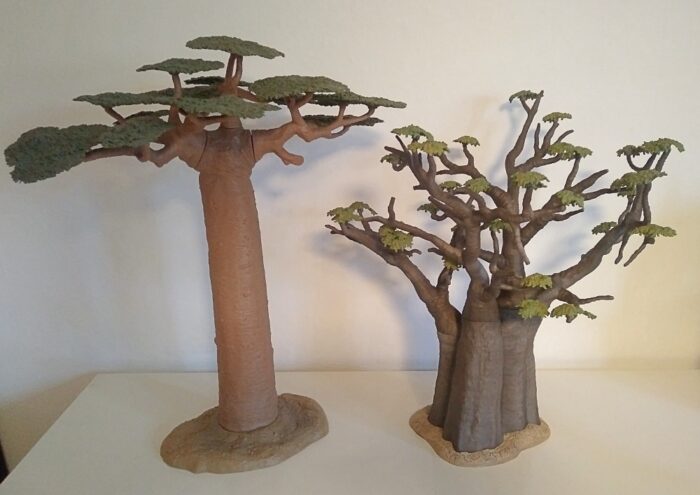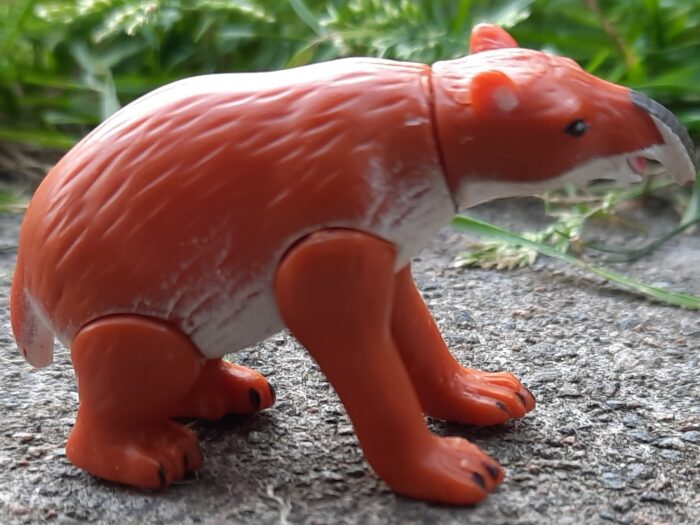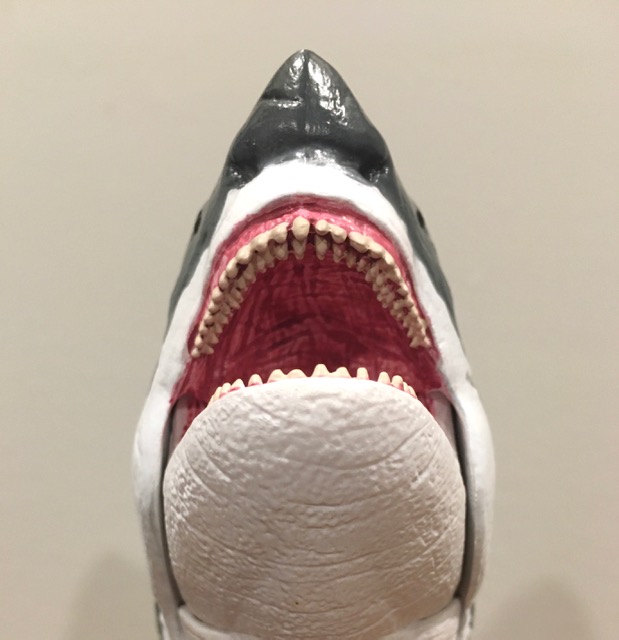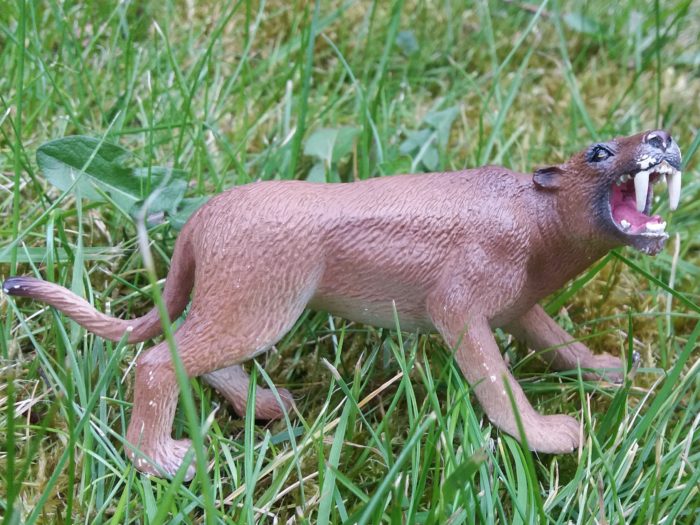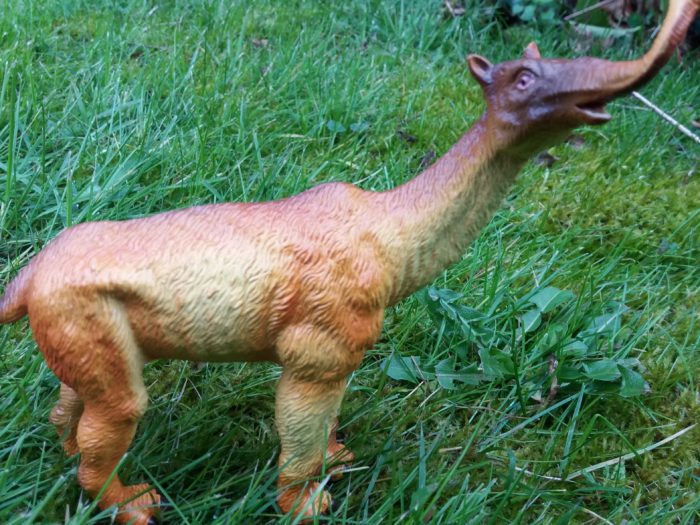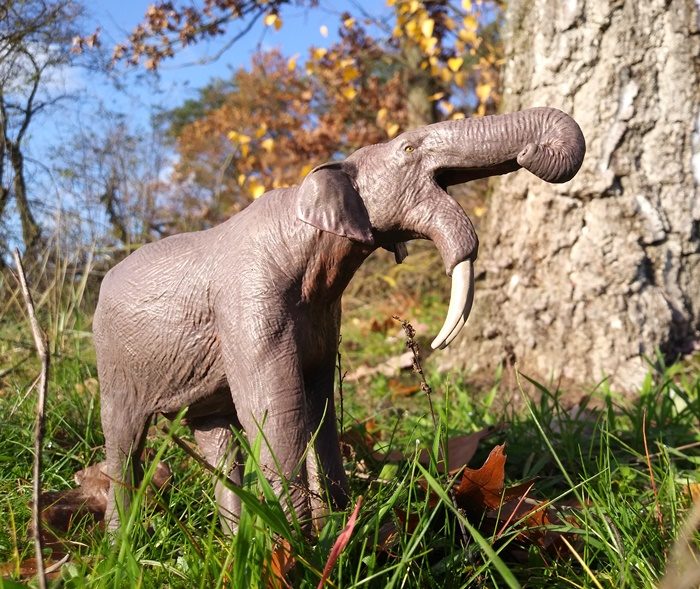The family of Baobabs is one of the most distinct and recognizable trees in the world. Eight species exist under the genus Adansonia, they are native to Subsaharaian Africa, Madagascar and Australia. The natural history of Baobabs is somewhat clouded and methods as molecular clocking yield debatable results.
Age: Miocene
Review: Cohen’s Thingodonta/ Yalkaparidon (Lost Kingdoms Series A by Yowie)
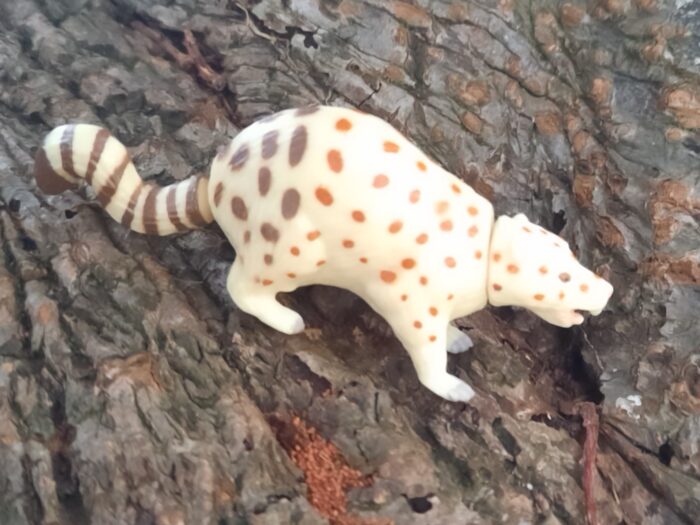
There aren’t many animals in the world known by their scientific name as opposed to a common name, yet the palaeo world seems to only use them, unless they are particularly well known, like the Woolly Mammoth or T. rex. That’s why I love this particular model, of an animal named Yalkaparidon (from the Aboriginal word for boomerang, based on the animals molar shape), but referred to in the common lexicon as Cohen’s Thingadonta, which is a brilliant name.
Review: Marsupial Tapir/ Palorchestes (Lost Kingdoms Series A by Yowie)
Review: Prehistoric Animal Set (The Ark by Joy City)
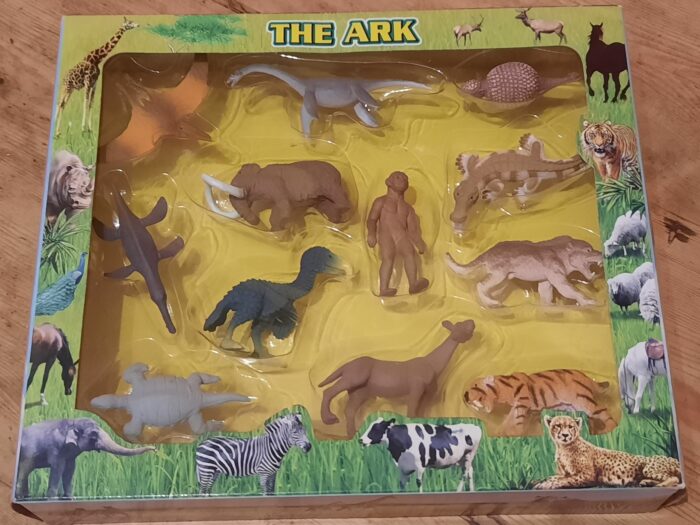
Every now and again, something rather interesting pops up that you wouldn’t expect to be as good as you’d think. The toy sets you would see at supermarkets like Aldi and Lidl, often seen as cheap item makers, having something worth getting. Here, we examine the Joy City line on prehistoric animals, a counterpoint to there Dinosaur wave, which seems more typical chinasaur.
Review: Megalodon (Deluxe by CollectA)
Review: Hipparion (Jurassic Hunters by Geoworld)

Ancient horses really don’t get much love in the toy market. Aside from Starlux and Bullyland, no one has added to the herd of prehistoric equinids. That is until Geoworld brought out their rendition of Hipparion, one of the most successful horses ever, lasting 22 million years and covering almost every continent, before dying off in the Mid-Pleistocene, possibly being out competed by the modern horse.
Review: Thylacosmilus (Jurassic Hunters by Geoworld)

Animals can adapt to their environment in many different ways, resulting in many interesting species. but the more interesting case is when two distinctly different species, not even closely related, evolve similar or the same adaptation, known as convergent evolution. Such is the example whit this review: Thylacosmilus, which may look like a sabre toothed cat, but is in fact a sprassodont, a marsupial from South America.
Review: Ridgeheaded Mekosuchine (Yowie)

Science counts around 25 species of recent crocodile species and all – maybe with the exception of the African Dwarf Crocodile – live an aquatic life and use the land mainly to bask and nest. In their long history the group we accept as “crocodiles” has seen quite a variety of crocodilian forms, not few of them terrestrial more than aquatic, a trait that showed off in their morphology.
Review: Machairodus (Bullyland)
Review: Macrauchenia (Jurassic Hunters by Geoworld)
Review: Dromornis (Yowies Lost Kingdom)

Travelling through the wonderful world of Oz (as the Aussies tend to call their country) one sure plans some things before starting. I deceided to cramp a few toy figures into a box to take on the chance to shoot some of them in their “natural environment” – at least kind of, Australia sure changed a fair bit since most of the represented animals went extinct.

